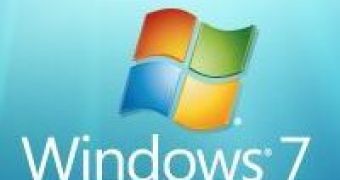With Windows 7 Beta wrapped up since December 2008 and available as a public download starting on January 10, 2009, Microsoft has moved onward with the development of the operating system. The company is cooking builds in the Release Candidate branch, namely 70XX, and revealed that it would tweak a controversial security feature introduced with Windows Vista in accordance with user input. Jon DeVaan, senior vice president, Windows Core Operating System Division, together with Steven Sinofsky, senior vice president, Windows and Windows Live Engineering Group, indicated that, following user feedback, the way in which User Account Control worked would be optimized for Windows 7 Release Candidate (RC) in comparison with the Beta Build 7000 variant.
“We are going to deliver two changes to the Release Candidate that we’ll all see. First, the UAC control panel will run in a high integrity process, which requires elevation. That was already in the works before this discussion and doing this prevents all the mechanics around SendKeys and the like from working. Second, changing the level of the UAC will also prompt for confirmation,” the duo stated.
“The first change was a bug fix and we actually have a couple of others similar to that—this is a beta still, even if many of us are running it full time. The second change is due directly to the feedback we’re seeing. This “inconsistency” in the model is exactly the path we’re taking. The way we‘re going to think about this that the UAC setting is something like a password, and to change your password you need to enter your old password,” the pair added.
But even with the tweaked UAC, users should not be under the impression that Microsoft has delivered a silver bullet solution designed to bulletproof the operating system against all types of threats, DeVaan and Sinofsky emphasized. Fact is that the User Account Control is nothing more than a security mitigation, and not what Microsoft is referring to as a security barrier, namely an impassible layer of defense. DeVaan and Sinofsky stressed the fact that with or without UAC, end users will still be able to download and run malicious code and infect their Windows 7 machines.
“HTML, EXE, VBS, BAT, CMD and more are all code and all have the potential to alter the environment (user settings, user files) running as a standard user or an administrator. We’re focused on helping people make sure that code doesn’t get on the machine without consent and many third party tools can help more as well. We want people to be comfortable with the new UAC control and the new default setting, so we’ll make the changes outlined above as the feedback has been clear,” the duo stated.
Windows 7 Beta is available for download here.
Product keys to activate Windows 7 Beta are available here.

 14 DAY TRIAL //
14 DAY TRIAL //